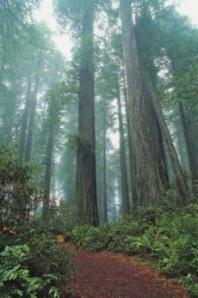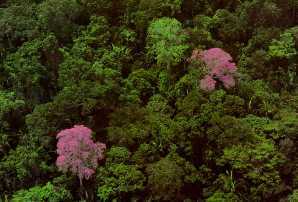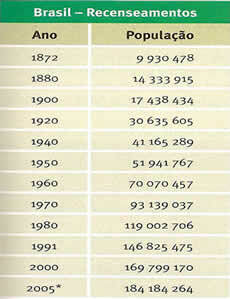THE Amazon rainforest visually it appears to be homogeneous as to the composition of its vegetation, however, it is possible to identify certain complexities in relation to this, as there are variations in its constitution that are derived from the fluctuations of soil types, relief, in addition to the flexibility in the humidity levels established in certain regions of the Amazon.
The Amazon Forest, from regions close to the Amazon River, Rio Negro, Rio Madeira and even the highest parts, is divided or subdivided into:
igapó forest

This vegetative composition occurs in low relief areas close to rivers, remaining, for this reason, flooded. The plants in these areas have a maximum height of 20 meters, in addition to vines and aquatic plants.
floodplain forest

Vegetation that settles in higher areas in relation to the igapó forests, even so, it suffers flooding, but only during periods of flooding. The trees present are, on average, 20 meters high, without counting an immense amount of branches full of thorns, which makes this region difficult to access as it is very closed.
Do not stop now... There's more after the advertising ;)
dry land forest

It occurs in regions that do not suffer from the actions of floods. In this part of the forest, the trees have heights ranging between 30 and 60 meters, developing with restricted distances from each other, a fact that makes it difficult to insert light, since the treetops are very nearby. Due to this fact, there are no smaller plants, as the interior of these forests is dark, making the reproduction of plants impossible because the photosynthesis process does not occur.
semi-humid forest

It corresponds to a subdivision of the Amazon Forest composed of a transition area between the Amazon Forest itself and other domains. It has trees with heights that vary between 15 and 20 meters and that lose their leaves during the dry season.
By Eduardo de Freitas
Graduated in Geography
Would you like to reference this text in a school or academic work? Look:
FREITAS, Eduardo de. "Composition of the Amazon Forest"; Brazil School. Available in: https://brasilescola.uol.com.br/brasil/a-composicao-floresta-amazonica.htm. Accessed on June 28, 2021.


